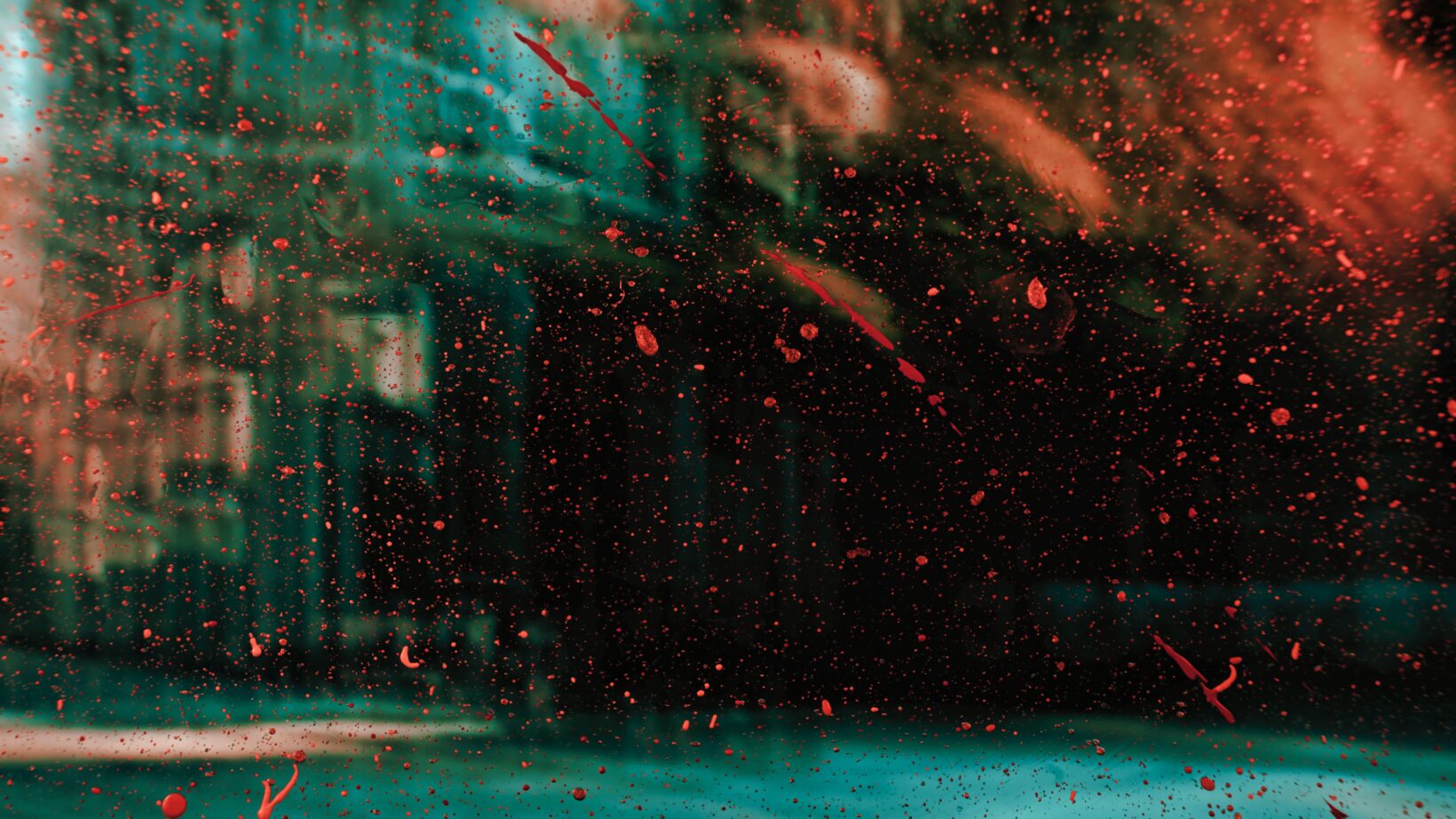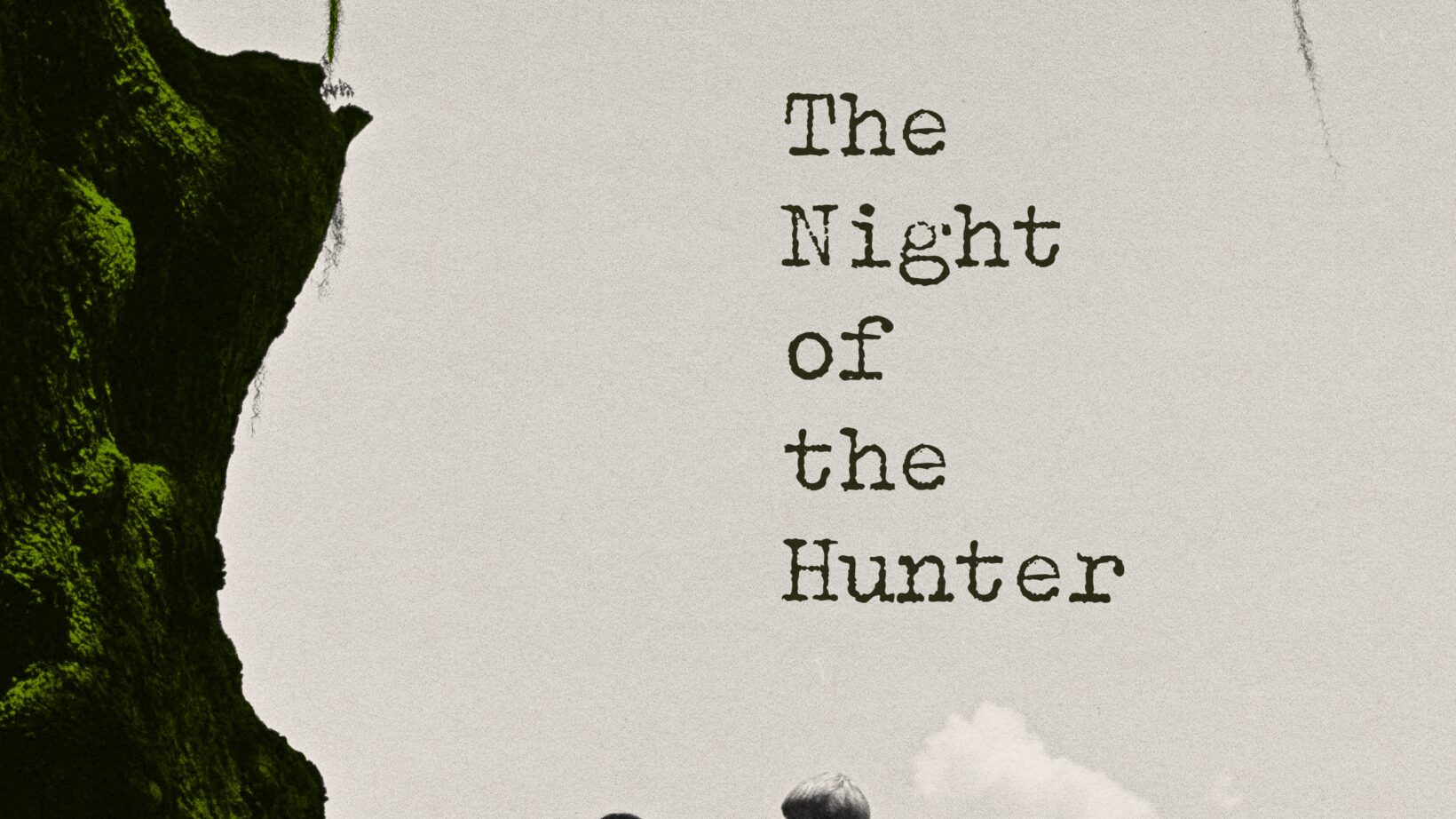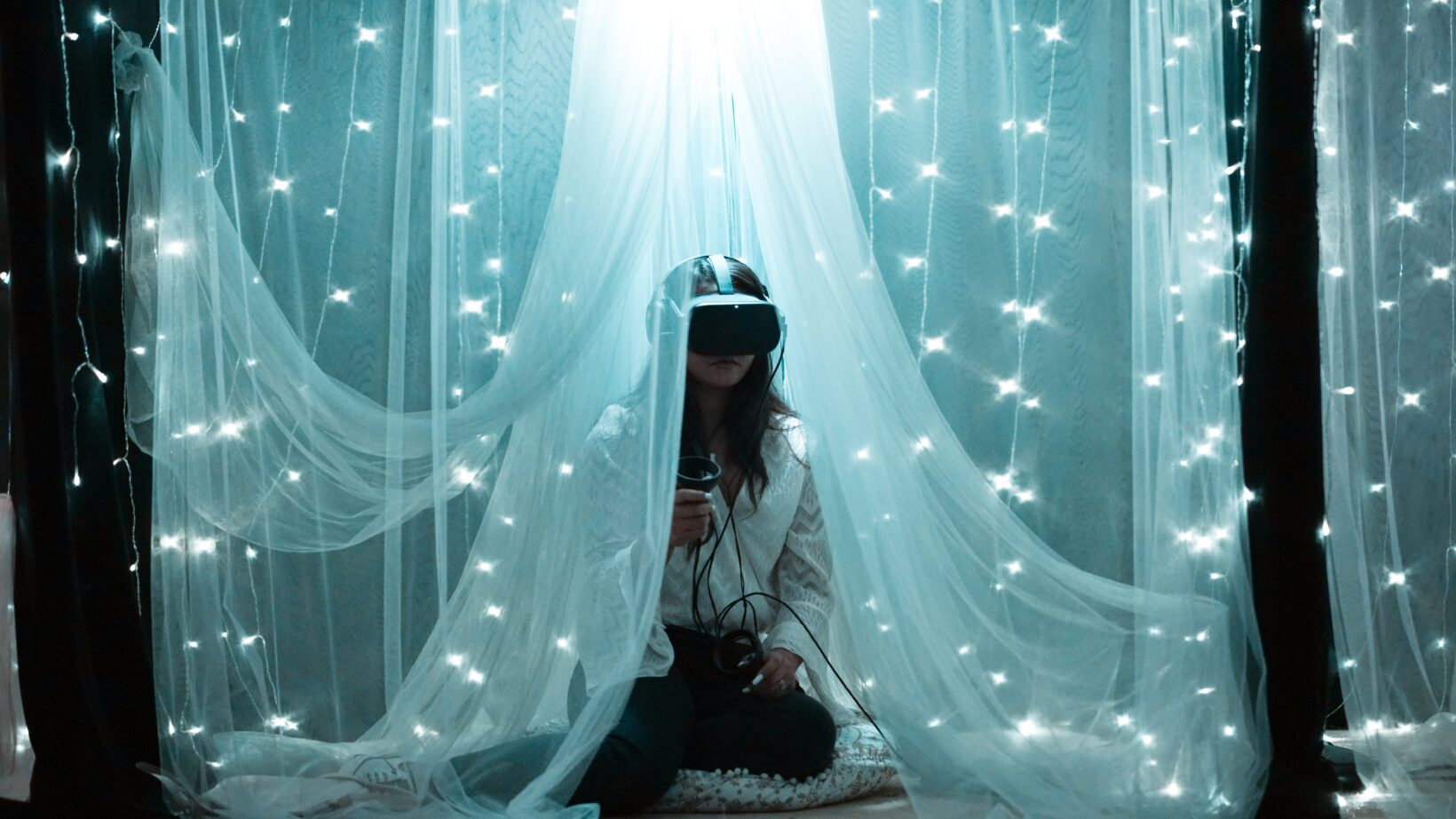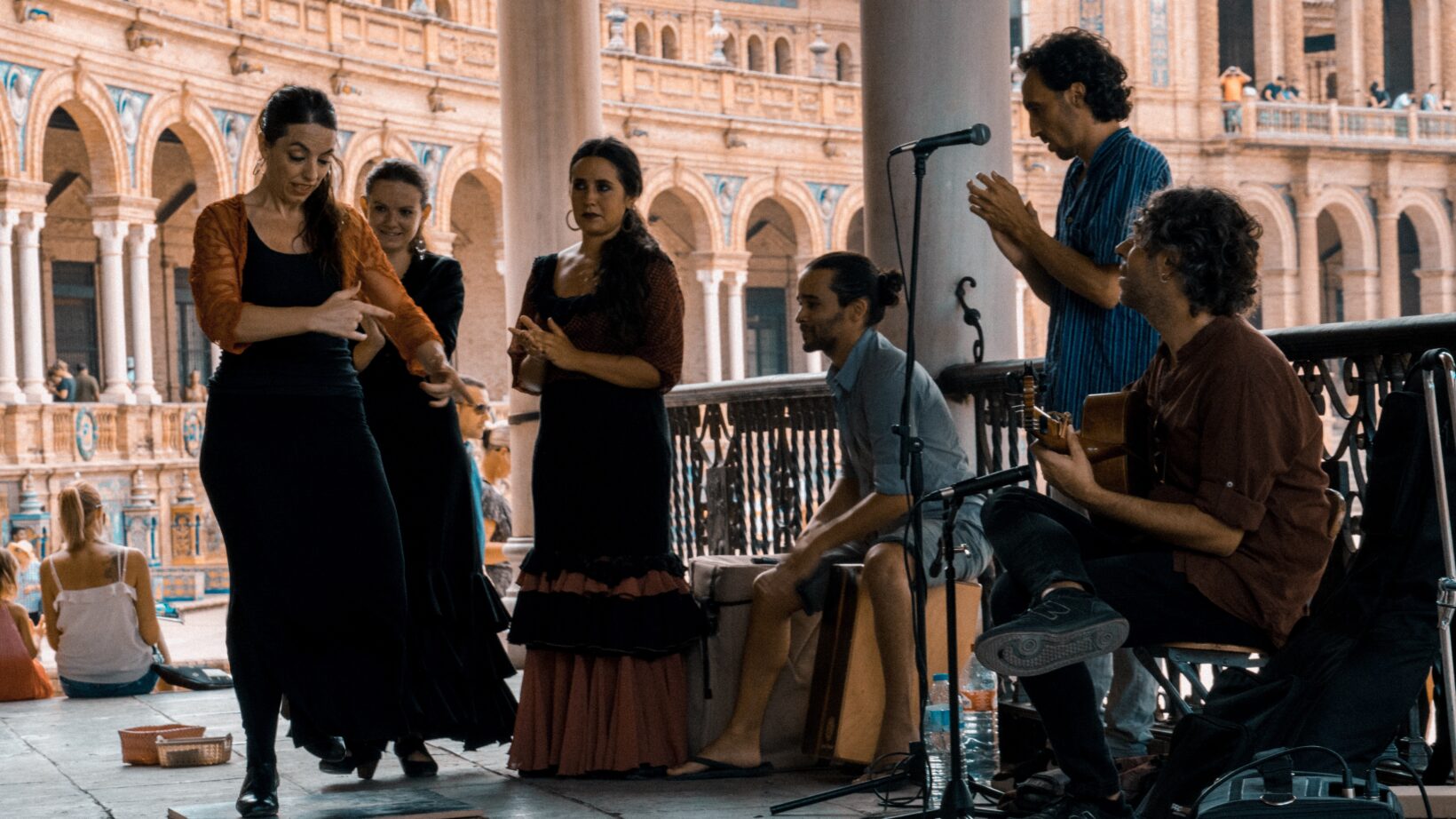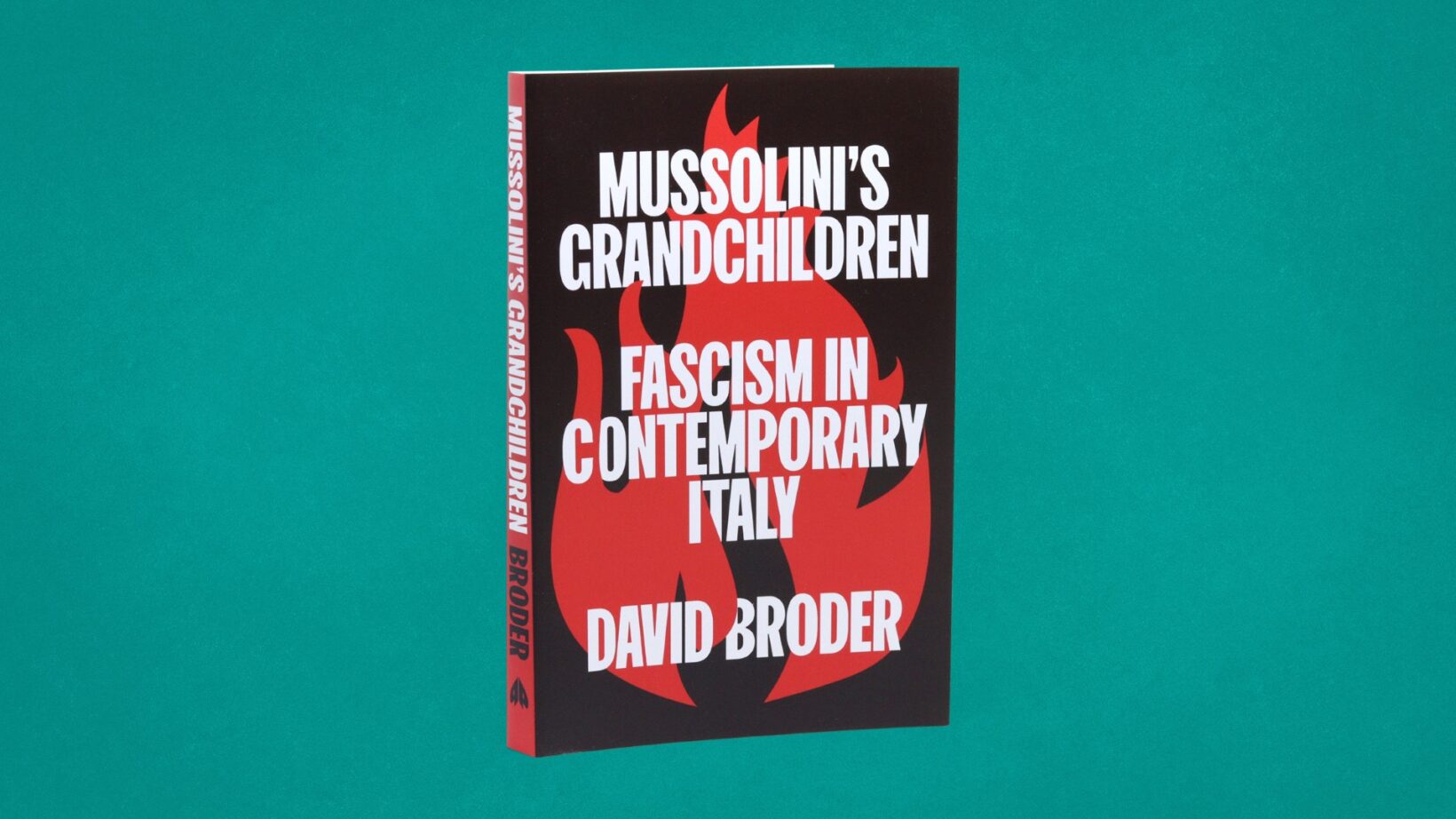Yousefzada’s memoir is a compelling story of fluid identity in modern Britain – a tale of constant personal reinvention and self-made success in one of the world’s most competitive industries.

Celebrity memoirs get a bad rep. From ghost-written misery porn to the forced prose of undoubtedly talented athletes and actors, there can seem little to redeem this tortuously repetitive sub-genre: all black and white hardbacks with demure, head-on profiles and titles forged in the white-hot fury of seven-hour marketing meetings to seem like effortless effusions of charm. Why do they exist? Because they are marketable, saleable and (most importantly) eminently bankable. There are, of course, exceptions.
Osman Yousefzada is an artist best known for his fashion design. He isn’t a household name in the manner of some high-street, high-fashion crossover designers, but he is consistently earmarked as one of Britain’s leading lights and has been sported by celebrities from Lady Gaga to Samantha Cameron. A sleek, minimal jumpsuit worn by Beyoncé to the 2013 Grammys shot Yousefzada to fame, and many red carpets later he was in headlines again last year for his ‘gigantic’, effervescently colourful installation, ‘Infinity Pattern 1’, which wraps around Birmingham’s iconic Selfridges’.
Yousefzada was born in Birmingham to migrant parents who couldn’t speak English. His memoir, a ‘portrait of growing up between different worlds’ sees him grow into an orthodox Muslim patriarchy as a ‘go-between’ to the two divided worlds of gender. But as The Go-Between progresses it becomes clear that the young Yousefzada is a juvenile messenger not just between men and women but different classes, religions and masculinities. Nor is he the only one. His mother’s sewing salon isn’t just the site of Yousefzada’s first inklings about hemming and dress-making, but a local thoroughfare: a veritable ‘cultural Battenberg,’ Yousefzada writes. He deploys this image in his own act of writerly comingling, adjacent to the same people described ‘like a big, heavy, fragrant biryani.’
Perhaps the most refreshing element of The Go-Between is how Yousefzada allows himself to follow along these eddies of cultural memory. Like a branch stretching out to leaf, each story leads to another that Yousefzada promises we’ll ‘come to later’ – from feigning appendicitis (more on that later) to earning gang initiation by stealing his mum’s homemade madeleines (‘famous throughout the hood’, he remembers). There’s a real sense of something unfolding in the act of remembering. It is the precise opposite of another retired footballer plodding through school years until his eyes light up at the first kick of the Beautiful Game.
Instead, The Go-Between pulls outward from Yousefzada in triptychs and concentric circles. First zooming in from ‘Our Hood, Our House’ to ‘Mum’s Sewing Salon,’ then cartwheeling back out to ‘the corner shop,’ school, his brother’s career as a Ferrari-driving estate agent and, eventually out to the Pashtun ‘Frontier’, on the border between Pakistan and Afghanistan. It isn’t just gratifying to read, it’s associative in the manner of memory and childhood. Like Mulk Raj Anand – a boundary-breaking Anglo-Indian writer and early proponent of the literary, psychological childhood memoir – Yousefzada allows the people and places of his youth to come into focus as they enter his sphere of consciousness. As in Anand’s Seven Summers (which celebrated its 70th anniversary last year), The Go-Between feels like a novel structured around the author, not driving towards any ham-fisted moments of revelation or transformation.
Approaching a memoir psychologically might not sound like fun, but it is. Because in Yousefzada’s memory, we can bounce between Birmingham’s red-light district, UB40 and Muslim prayer on one page. It’s a double-act: both child-like associative discovery and a fitting stylistic representation of a time and a place which blurred boundaries. This is beat bohemia in migrant Manchester – ‘black, white and brown […] the prostitutes, the pimps, the broke artists and the ultra-orthodox, all searching for a better life.’ Yousefzada once convinced his parents and a doctor he had appendicitis to (in part) get to the pot of hospital jelly he knew awaited him the other side of surgery. That anecdote – fashioned as a paeon to his favourite snack – also offers an early glimpse of his dogged stubbornness, the encroaching remits of orthodox Islam on a gelatine-loving child, and the torments of a school bully – all at once. Throughout, Yousefzada carries himself between these dispersed associations, writing with an understated lyricism such that we don’t feel the gears changing.
It also makes for a much less didactic read. Instead of allegorizing the Migrant Experience into an autobiography, Yousefzada just tells stories. It almost sounds simple. Islam comes to affect him as a boy primarily in his choice of sweets and in his fear of drawing people, not as the ideological monolith that flares across tabloids. If that sounds obvious, tell it to the next football memoir that bungles the variousness of working-class experience into a homogenous ‘school of hard knocks’. Instead of eulogising the many invisible women of his Pashtun neighbourhood, Yousefzada tells their stories. In doing so he becomes the silent, miniature town-crier of a ‘misogynist lopsided world’. By chapter seven, The Go-Between begins to read like a short story cycle. Like George Willard in Winesburg, Ohio, Yousefzada describes himself as a listener: ‘a voyeur of the klatsch’.
There are many storytellers in Yousefzada’s childhood: from Roald Dahl and a favourite teacher to his brooding, abusive father. Between these stories and Yousefzada’s own ‘vignettes’, common threads emerge: orthodox religion, female erasure and (almost quietly) a persistent eye for clothing, jewellery and art. In such an outward-looking, observational memoir, Yousefzada himself comes to be sketched out in negative. One thing that emerges most strikingly, however, is a bright spear of persistence running through Yousefzada as a child. Apart from feigning appendicitis, he mourns the death of a cockerel in ‘rocking trances’ weeks after his family expect him to have calmed. They’re exemplary of Yousefzada’s story-telling credentials as much as the old creative writing mantra; show, don’t tell.
Nothing fruitful comes from comparing subjective experiences of suffering, not least in a genre that has become fluent in the twin tropes of rags-to-riches success and deprivation paraded as strong character-building mortar. From this detritus, The Go-Between emerges as a humane, thoroughly understanding memory of a time and place which were not as forgiving. Female erasure, domestic abuse and unequal access to education (Yousefzada is kept from his grammar school entrance exam to attend Mosque) run through The Go-Between, but its most moving discovery is a precise reversal of the celebrity memoir’s foundations. His parents successfully ‘voyage’ to England, his prodigal brother ‘fulfils his immigrant dream’, but in doing so the Yousefzadas become valetya, foreign to their homeland. The Go-Between is a memoir, but it is also an unstitching of memory’s fabric and a fiercely unpretentious reckoning with family and home.
Osman Yousefzada, The Go-Between (Canongate Books), pp. 368, 14,99£.
Daniel Shailer is a freelance journalist based in London. His writing covers culture, climate and everything in between. He is currently a critic with English National Opera’s mentorship scheme,

